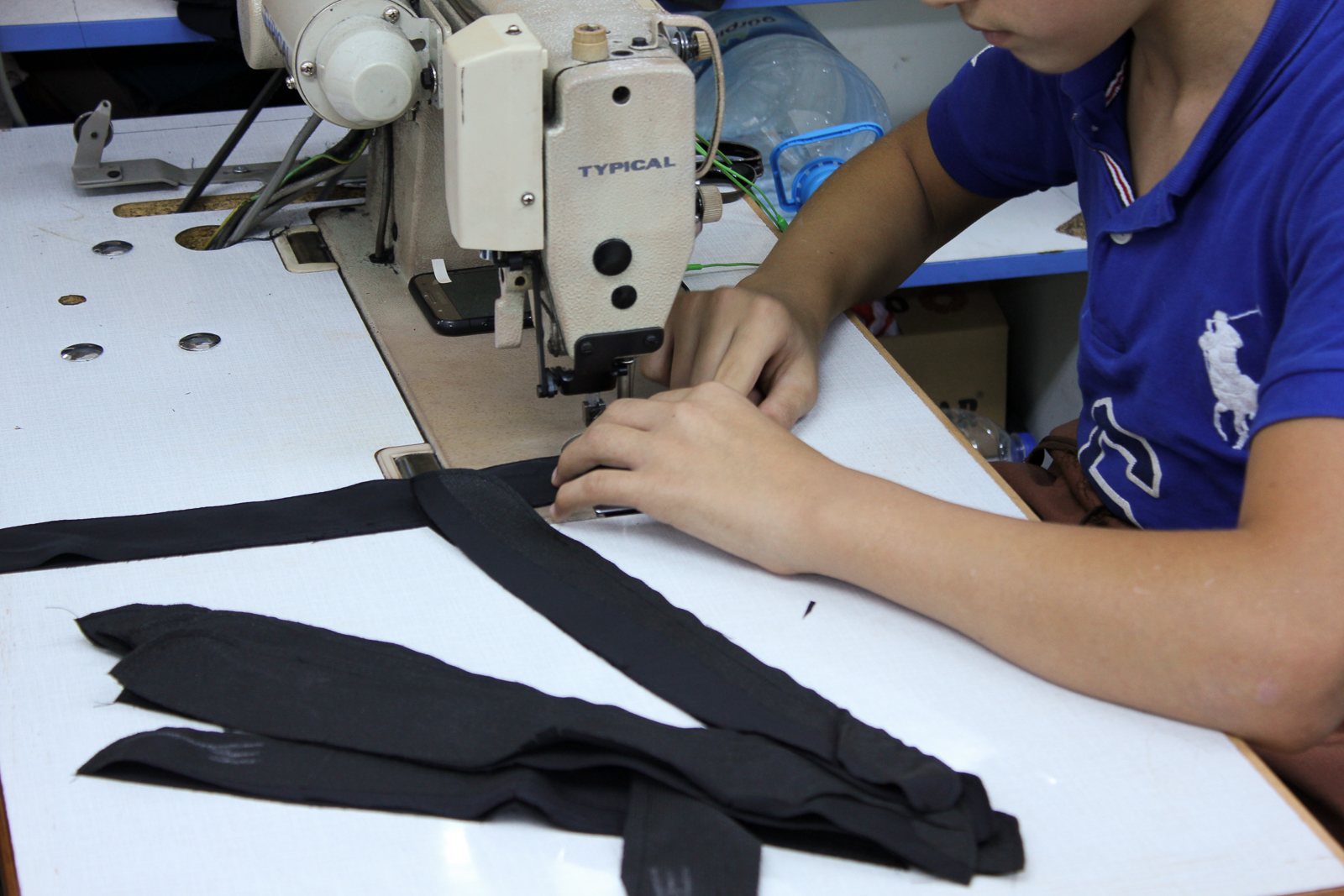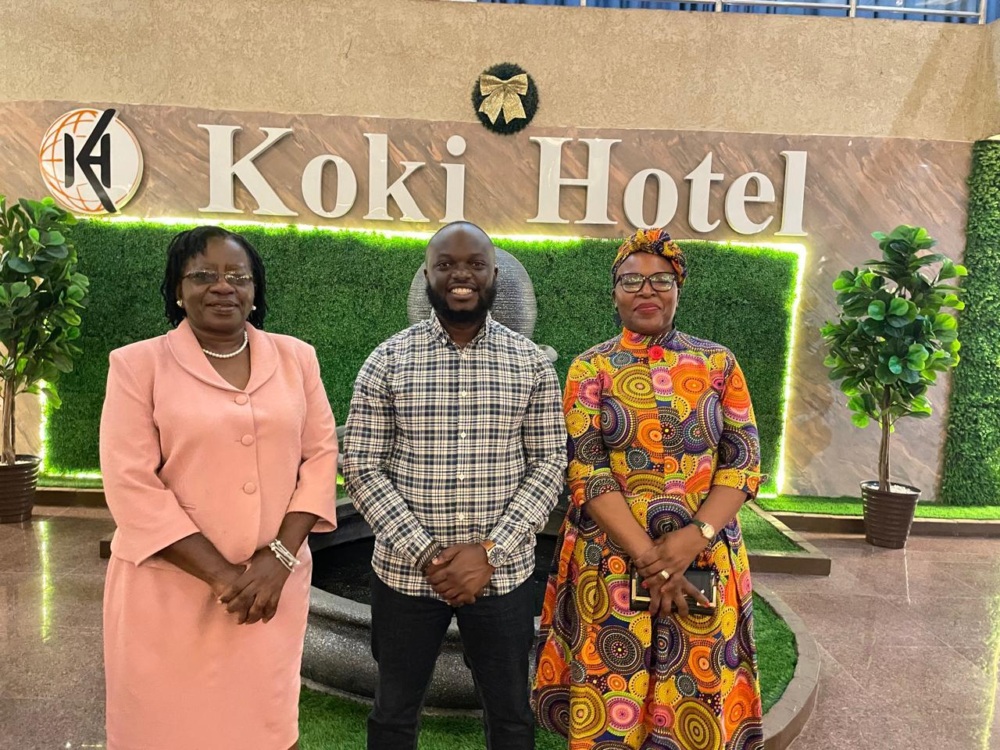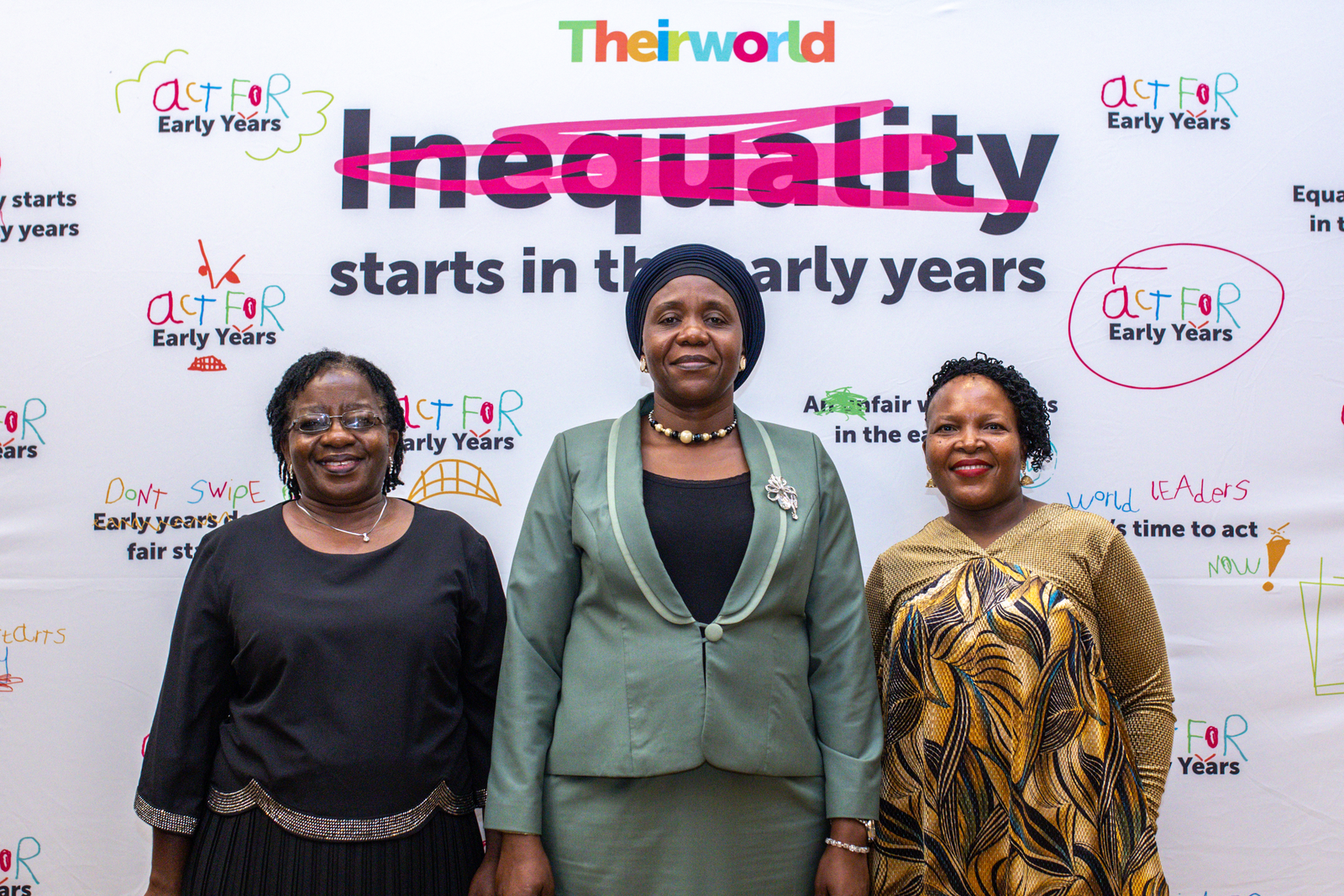
“Free schools are only a stepping stone for universal quality education – not the final solution”
Barriers to education, Child labour, Girls' education, Global Youth Ambassadors, Right to education, Teachers and learning
One of our Global Youth Ambassadors lays out the case for a multi-step approach to helping children out of poverty and into education.
Growing up in Singapore with my relatives living in Bangladesh meant that school holidays would be spent basking in the love and doting nature of excited grandparents and relatives.
Amidst the beautiful memories, some thought-provoking images are still etched in my mind. Outside our car, at every traffic junction, would be children with unkempt hair and faces covered in soot – selling books, towels, magazines, balloons and flowers or just pleading for money.
It was always a strange feeling, wondering why children like me had such different lives and hardship. I was always told that it was because they did not have an education or could not afford it.
That triggered my belief that providing free schools for children will solve this problem and hopefully my own children will not have to see what I had seen outside our cars.
Gradually, I understood that free schools are only a stepping stone for enabling universal quality education, but definitely not the final solution.
From Bangladesh to Trinidad and Tobago, primary education has been made free for children in these countries. Yet, globally, UNESCO reports show that 263 million children are still out of school. Of which the majority are girls.
I remember clearly giving passionate speeches to my Nani’s (maternal grandmother) domestic helper, Rahimah buah (Rahimah auntie) as I used to call her, about the power of education and how educating her children, especially her daughters would eventually lift her family and community out of poverty. I also remember how it fell on deaf ears.

She later told me that she could not afford to send her children to the free schools, neither her boys nor her girls. Her seven-year-old son delivered newspapers and milk every day while her six-year-old daughter washed dishes in several restaurants.
Both her children were important sources of their daily income that helped to feed their family of eight, including their elderly grandparents. Sending her two children to primary school would incur a huge cost for their family.
Rahimah’s story is not unique. There are many vulnerable families like hers that cannot reap the benefits of free education provided by the government.
Child labour in Bangladesh is on the rise, where children as young as five become important sources of a family’s income as they are put to work. Fine speeches about education lifting communities out of poverty and even legislation, albeit vital, cannot be the final solution.
Education is simply not their priority – because many do not see the purpose of education or have hope that it can do anything for them. And how do we expect them to be able to think about the long run or have hope, when all they have seen is poverty, felt unimportant and did not receive help as they struggle to survive daily?
They have neither been seen nor heard, their narratives have been silenced, so what is their incentive to listen to our campaigns? I have often heard people complaining and discouraging me from advocating for these children because it will be futile since these children “do not want to study”.
We need to realise our positions of privilege when we make claims that children from poor families have no aim, ambition or do not want to change their situation.
It would be myopic of us to believe that Sustainable Development Goal 4 – quality education for all – can be achieved in isolation. The interconnectedness of the SDGs make the journey challenging.
I believe that in order to achieve universal quality education, where children are genuinely able to benefit from the quality education, it requires a multi-step solution and continuous efforts.
Daily sustenance and health care
Families who are trapped in the cycle of poverty must be provided with financial aid packages, not only to compensate for the loss of income if their children are sent to school. It needs to take into consideration, the family’s food and health security.
Education spirals down the priority list when hunger and illnesses are daily battles to overcome. It is vital to ensure that these children not only attend school but are able to cope up with the curriculum and truly benefit from their education.
Further incentives, such as free and nutritious meals, should be provided in schools so that it will provide sufficient energy to the children to study and also relieve parents of worrying about feeding their children one meal a day for each child.
Social and emotional learning
After providing these essentials, we must also invest in social and emotional learning programmes. Even in situations where families are poor, but understand the value of education, children are unable to learn well and perform, and eventually drop out of school due to “lack of interest”.
Instead of looking at their report cards and performance sheets on the surface, we need to analyse their situations in greater depth. These children lack interest and motivation because they do not know or understand:
- Why education is important
- The significant contribution they can make to their families and communities
- Their purpose in life
- How to express and relieve themselves of the emotional hardship and trauma they have been through
Social and emotional learning enable children to apply the knowledge and skills they acquire at school in their own lives, understand and manage their emotions, set their goals and ambitions and develop strength and resilience to overcome and create solutions to their problems.
I strongly believe the local leadership is the solution and the gateway to achieve the social change. Maisha Reza
They learn to understand their purpose and their responsibility towards themselves, their families and their communities.
Schools have to be accountable for their students who perform poorly and parents have to be involved in their children’s education. Education is a tripartite collaboration among students, teachers and parents.
Teachers also need to undergo extensive training to be able to understand, empathise and provide proper attention to children who do not perform well, especially due to their poor financial and family backgrounds.
Tapping into local leadership
When I think about the importance of local leadership, the first image that comes to mind is a spider web, where government policies and legislation are the centre point of the web. The people make up the outskirts of the spider web.
Often, governments tend to be detached from the “action” at the ground level and are unable to rapidly and effectively mobilise the masses with their policies and ideas despite political will.
I strongly believe the local leadership is the solution and the gateway to achieve the social change and are the radial lines that connect the centre of the web (governments) to the outer portions (local communities).
Local leaders are trusted and respected by the local communities and are best equipped to respond to the needs of their communities. They are strategically positioned to mobilise communities and accelerate the execution of new ideas.
Governments need to work in unison with local leaders and create mentorship programmes to hone the skills of these leaders to maximise the untapped potential of local leaders in creating the new waves of social change.
The onus is on us now. By us, I mean governments, decision-makers, NGOs, social activists and local leaders – to ensure that our children who will inherit the future have strong education as they will become the foundation of our world.
It is our imperative to build a strong foundation with bedrocks of good quality education, where no child gets left behind.
More news

African youth rise up to demand early years spending target is met
